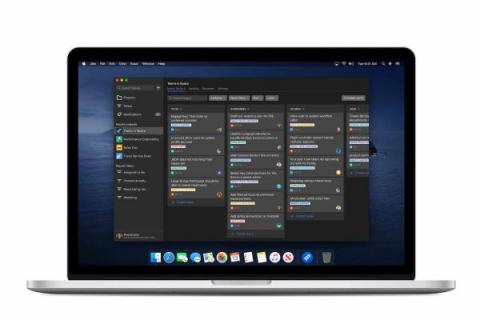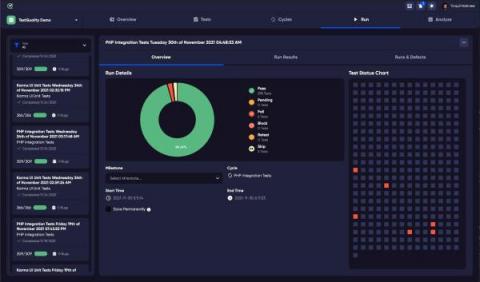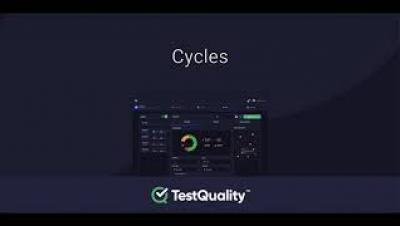Comparing Cypress and Playwright: Pros and Cons
It is necessary to test web apps and ensure that they perform according to user requirements in order to provide a high-end user experience. There are several tools and frameworks available on the market for testing online applications, including Playwright, Cypress, and Selenium to mention a few.











